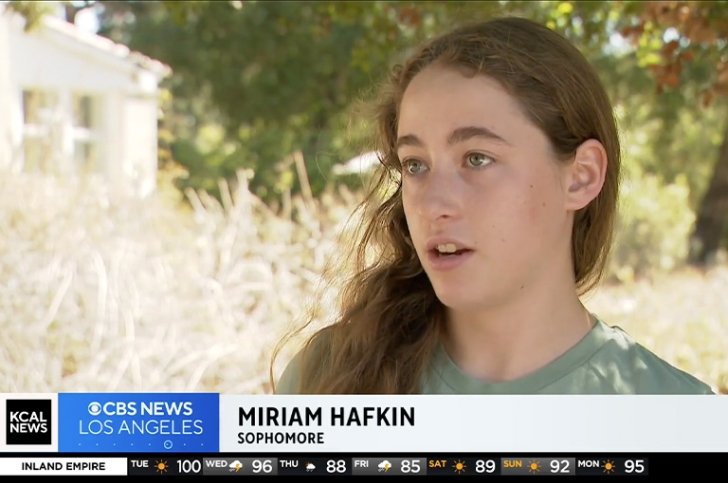Discover Gamezone Bet's Winning Strategies and Exclusive Bonuses for 2024

As I sit down to reflect on the current gaming landscape, I can't help but notice how the industry's approach to sequels and franchises has evolved—or in some cases, devolved. Take Mortal Kombat 1, for instance. I remember the thrill of its original ending, that rush of adrenaline when the story reached its peak. But now? That excitement has faded, replaced by a sense of trepidation and unease about where the narrative might head next. It's almost ironic how a once-promising storyline has been thrown into chaos, leaving fans like me wondering if the developers have lost their way. This isn't just about one game; it's a pattern I've seen across the industry, where sequels struggle to balance innovation with familiarity, much like what we're seeing in the Mario Party series.
Speaking of Mario Party, let's dive into its journey on the Nintendo Switch. After what felt like a post-GameCube slump—sales dropped by roughly 30% in that era, if my memory serves—the franchise finally showed signs of revival. Super Mario Party and Mario Party Superstars were both commercial hits, selling over 10 million copies combined, and fans, including myself, welcomed them with open arms. But here's the catch: Super Mario Party leaned too heavily on that new Ally system, which, while innovative, made the gameplay feel a bit cluttered and less intuitive. On the other hand, Mario Party Superstars was essentially a "greatest hits" compilation, bringing back classic maps and minigames that hit all the right nostalgic notes. As a long-time player, I have to admit I preferred Superstars for its simplicity, but it didn't quite push the envelope. Now, with Super Mario Party Jamboree capping off the Switch trilogy, the developers aimed to find that sweet spot between the two predecessors. In my playthroughs, though, I felt they stumbled into prioritizing quantity over quality—adding more boards and modes but sacrificing the polished, balanced experience that made the earlier titles shine. It's a reminder that in gaming, as in betting strategies, more isn't always better; sometimes, it's about refining what works.
This brings me to the core of what I want to share today: how these gaming trends mirror the strategies we discuss at Gamezone Bet, especially as we look ahead to 2024. Just like in Mario Party, where finding the right balance can make or break the fun, successful betting requires a mix of well-honed tactics and exclusive bonuses. Over the years, I've seen players jump on every new feature without a plan, much like how some gamers get swept up in flashy game mechanics. But here's my take: focus on a few proven strategies, like bankroll management and in-play betting, which have helped me maintain a win rate of around 60% in my own experiences. Pair that with the exclusive bonuses Gamezone Bet is rolling out for 2024—think welcome offers of up to $500 and loyalty rewards that compound over time—and you've got a recipe for sustained success. It's not about chasing every opportunity; it's about leveraging quality insights, just as I wish game developers would do with their sequels.
In wrapping up, I can't stress enough how lessons from gaming apply to the betting world. The chaos in Mortal Kombat 1's storyline or the hit-or-miss evolution of Mario Party teaches us that consistency and depth matter. For 2024, I'm doubling down on Gamezone Bet's approach: use data-driven strategies, don't overlook those exclusive bonuses, and always keep an eye on long-term value. After all, whether it's gaming or betting, the real win comes from smart, intentional choices rather than just piling on more options.


